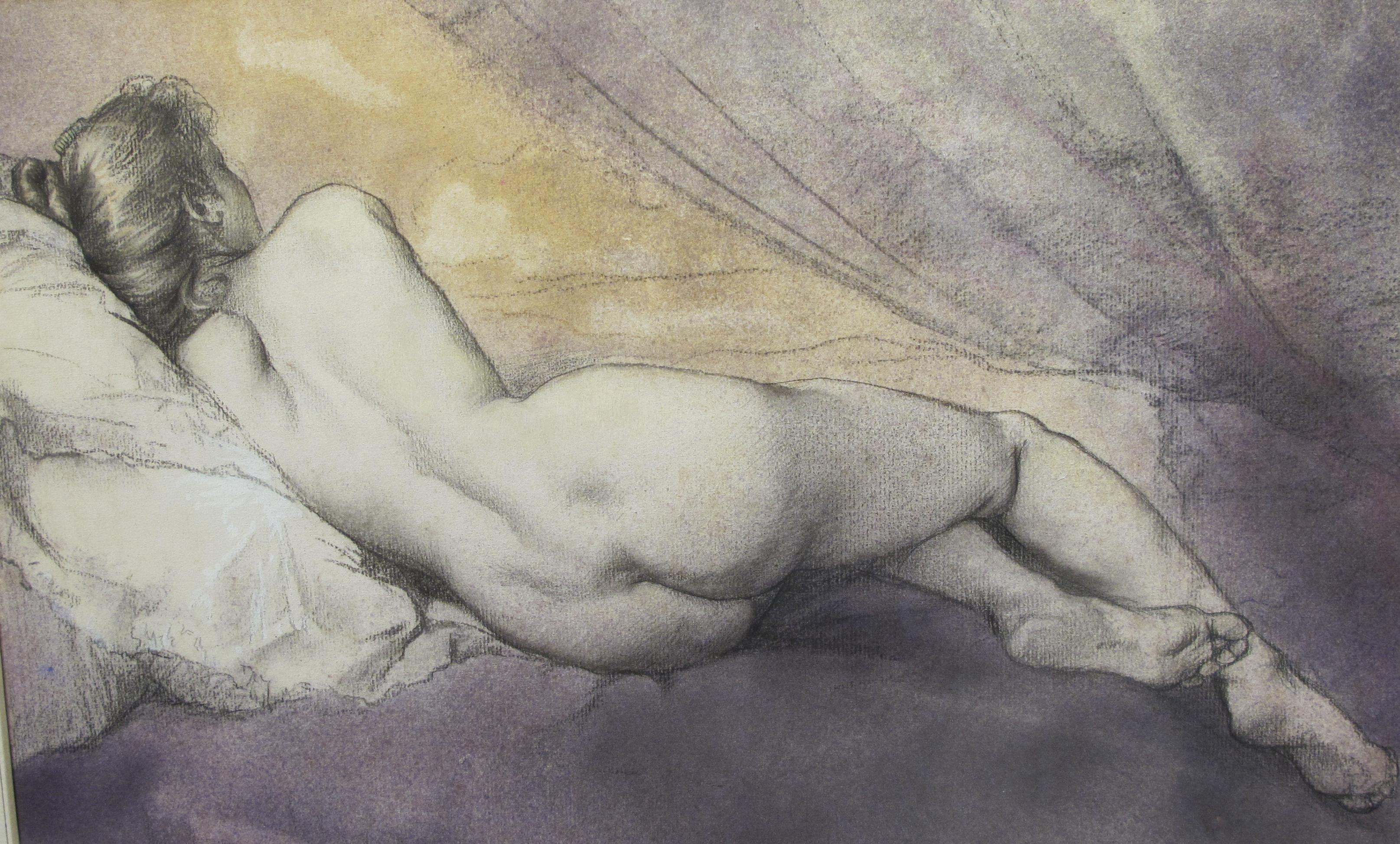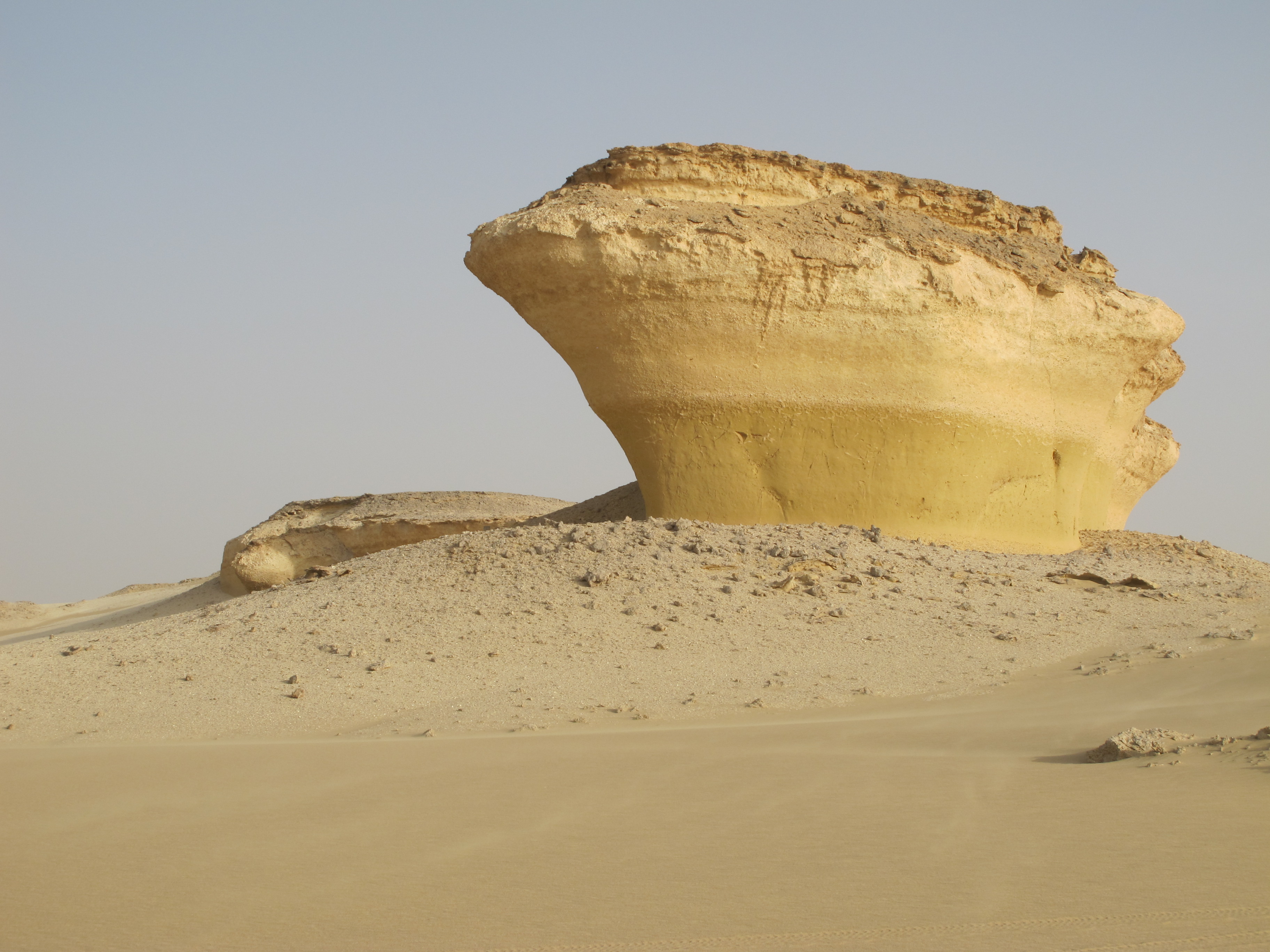The psychological warfare continues between the candidates of the French elections’ first tour Sunday, April 22. The next and crucial election will take place on May 6. Both are during long week-ends wich makes the game even more thrilling, as many might have travelled away for the holidays. Equals: Four days before the first elections,… Continue reading The Presidentials in France: a psychological thriller
Month: April 2012
Fransk thriller inför presidentvalet
Det psykologiska kriget fortsätter mellan de olika kandidaterna inför valets första omgång på söndag den 22 april. Nästa och avgörande val blir den 6 maj. Båda faller under långhelger vilket gör spelet ännu mera olidligt. Jämlikt Fyra dagar innan den första valomgången ligger de främsta kandidaterna – socialisten François Hollande och den sittande presidenten Nicolas… Continue reading Fransk thriller inför presidentvalet
Paris palaces and their art fairs
The Grand Palais, the Palais de la Bourse and the Louvre yearly show art in their beautiful palaces: drawings, modern and contemporary art, design as well as photography. Gallery Slott Grand Palais: Art Paris, Art Fair 2012, took place in one of Paris most beautiful buildings with its light shining through the glass roof, lightening… Continue reading Paris palaces and their art fairs
Palatsen i Paris konkurrerar om konsten
Grand Palais, Palais de la Bourse och Louvren visar årligen konst i sina vackra palats: teckningar, modern- och samtida- konst, design samt fotografier. Grand Palais: I år var det ingen skillnad utan jag kunde beundra verken på Art Paris Art Fair 2012 i en av Paris vackraste byggnader med ljuset som sken genom glastaket för… Continue reading Palatsen i Paris konkurrerar om konsten
Illustrated Desert Sayings – or God before mankind.
Travelling in the Lybian desert, in Egypt’s Western part, is a metaphysical experience, where infinity meets God. The desert feels like God before mankind. It’s an uplifting experience of purity and eternity. Many hermites have discovered that the desert helps them in their meditations. Some still live in the desert albeit in monastries with a… Continue reading Illustrated Desert Sayings – or God before mankind.





